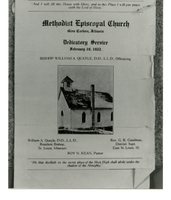 |
Flier for the Methodist Episcopal Church in Glen Carbon |
Flier is for: Dedication Service on February 19, 1922 for Bishop William A. Quayle, D. D., L. L. D. Officiating. |
February 19, 1922 |
December 8, 2016 |
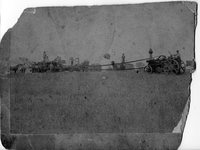 |
Farm Workers using Threshing Machine |
Men in a field using a threshing machine. John Helfer did local threshing for the Glen Carbon area. He boarded at the home of Joseph Shasek. |
Before 1900 |
December 8, 2016 |
 |
Farm Workers Having Their Lunch Break on the Brockmeier Farm |
Farm Workers Having Their Lunch Break on the Brockmeier Farm in the 1920s. |
1920s |
December 8, 2016 |
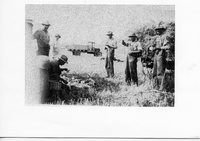 |
Farm Workers Enjoying Their Lunch Break on the Brockmeier Farm |
Farm Workers Enjoying Their Lunch Break on the Brockmeier Farm in the 1920s. |
1920s |
December 8, 2016 |
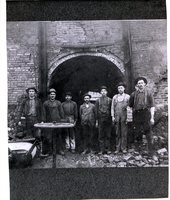 |
Employees of the St. Louis Press Brick Yard workers |
Employees of the St. Louis Press Brick Yard workers |
Unknown |
December 8, 2016 |
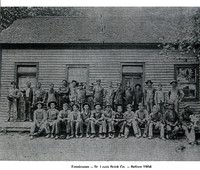 |
Employees of the St. Louis Brick Company before 1904 |
Employees of the St. Louis Brick Company before 1904 |
Unknown |
December 8, 2016 |
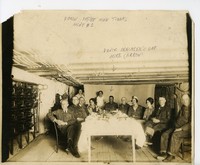 |
December dinner inside the coal mine #2 in Glen Carbon, Illinois |
Dinner served down inside coal mine #2 tunnel. December presiding over this unique dinner in #2 mine tunnel is Mike Sedlacek (center), top mine boss. The other people at the table are presumed to have been visiting officials of the Madison Coal Company and their wives. The unidentified women in the background are presumed to have been Glen Carbon Village women who prepared and served the food. |
1920 |
December 8, 2016 |
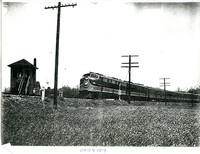 |
Commuter Train Passing By Tower House |
Commuter train passing by tower house |
Unknown |
December 8, 2016 |
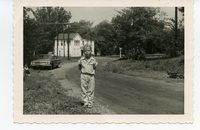 |
Cole Gratcher outside of the old Coal Office |
Cole Gratcher (grandson of Alice Hielson) outside of the old Coal Office. Now Claude James house that used to belong to Mike Higgerson. |
August 1960 |
December 8, 2016 |
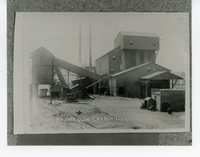 |
Coal Washer at mine in Glen Carbon, Illinois |
Mine #2 was expanding operations during the 1890’s and early 1900’s. A new coal washer of “immense size” was completed and ready for operation in 1906. Coal ranging from the size of an egg to small particles could be processed through the washer. The process removed foreign material and then sorted the coal into five different sizes. The Madison Coal Corporation did not find the venture profitable and abandoned the coal washing operation in 1914. |
Unknown |
December 8, 2016 |










